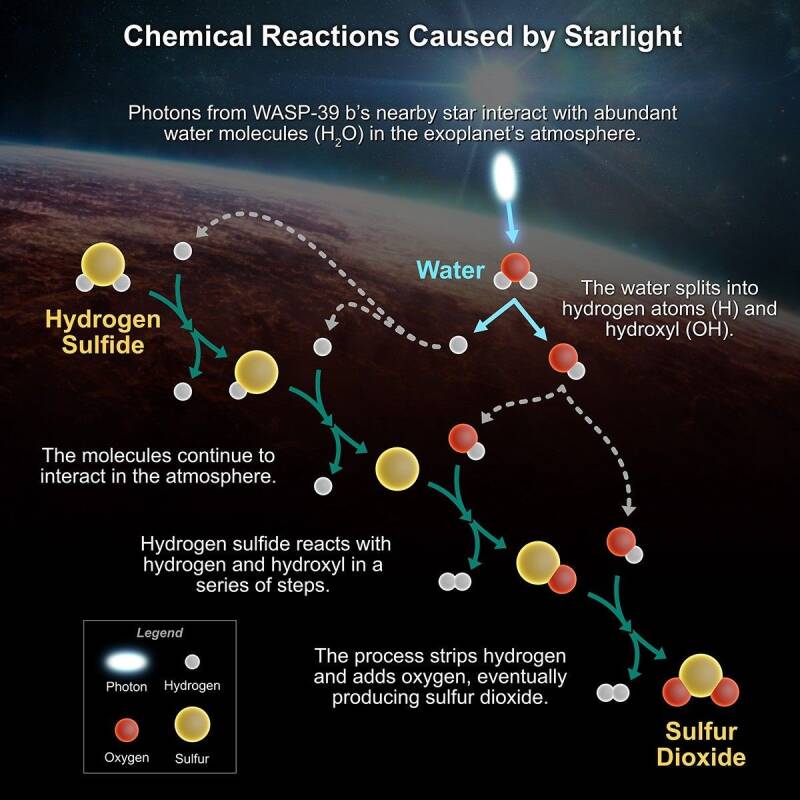For decades, astrochemists have puzzled over an interstellar riddle: where is all the sulfur? Despite being one of the universe’s most abundant elements and essential to the chemistry of life, sulfur has been conspicuously scarce in astronomical observations. A new international study may finally reveal where this elusive element has been hiding.

Credit: NASA
The research, published in Nature by a team including Ryan Fortenberry of the University of Mississippi, Ralf Kaiser of the University of Hawaii at Mānoa, and Samer Gozem of Georgia State University, suggests that sulfur is likely locked away in icy cosmic reservoirs in forms scientists had not previously accounted for.
“Hydrogen sulfide is everywhere on Earth—it comes from volcanoes, coal-fired power plants, even influences acid rain and ocean chemistry,” Fortenberry explained. “But when we look into space, we don’t see the sulfur we expect. Understanding where it hides could reshape not only our knowledge of the cosmos but also how we use sulfur chemistry here on Earth.”
Sulfur is the tenth most abundant element in the universe and plays a central role in planetary systems, stellar chemistry, and biology. Yet, in dense molecular clouds—the cold, dark nurseries of new stars—the amount of sulfur detected is 1,000 times lower than what models predict.
According to Kaiser, the key to solving this cosmic shortfall lies in interstellar ice. In the freezing depths of space, sulfur atoms can rearrange into two stable molecular structures:
- Octasulfur crowns – rings of eight sulfur atoms forming crown-like shapes.
- Polysulfanes – sulfur atom chains bonded with hydrogen.
These structures can form on dust grains coated with ice, effectively trapping sulfur in solid form and preventing it from appearing in gas-phase observations.
“If you point the James Webb Space Telescope at oxygen, carbon, or nitrogen, you see clear signatures. But with sulfur, the readings don’t match expectations,” Fortenberry noted. “This work shows the missing sulfur may be hiding in forms we already know about, just stored in icy environments.”
The findings provide astronomers with a roadmap for future investigations. By simulating interstellar conditions in the lab, the team demonstrated how sulfur compounds could be produced on icy grains. Once these molecules are released into the gas phase in star-forming regions, they could potentially be detected by powerful radio telescopes.
The challenge, researchers say, is that sulfur is an unusually shape-shifting element. Its bonds constantly change, morphing from chains to rings to other configurations, making it difficult to pin down. “It never maintains the same shape,” Fortenberry said. “It’s kind of like a virus—it changes as it moves.”
Despite the complexity, this discovery could mark a turning point in the decades-long sulfur hunt. Beyond astronomy, it might also open doors to new applications in materials science and energy, as fundamental sulfur chemistry becomes better understood.
“The beauty of astrochemistry,” Fortenberry reflected, “is that it forces us to ask hard questions and search for creative answers. And sometimes, those answers not only solve cosmic mysteries but lead to breakthroughs we never expected.”


Add comment
Comments